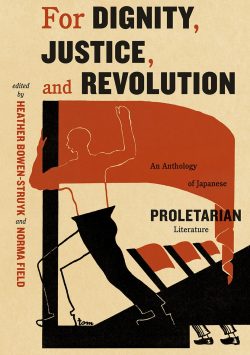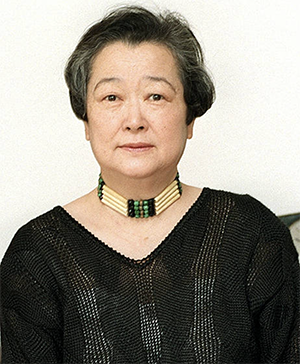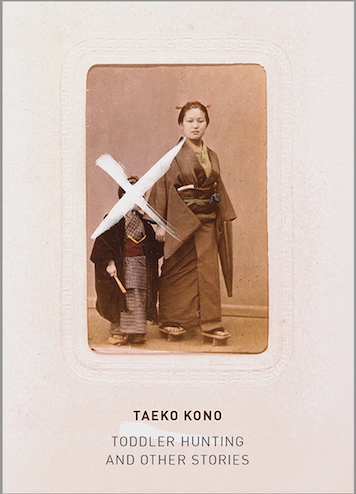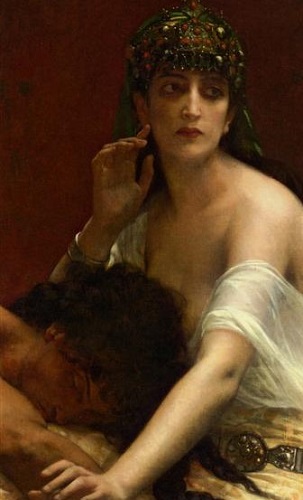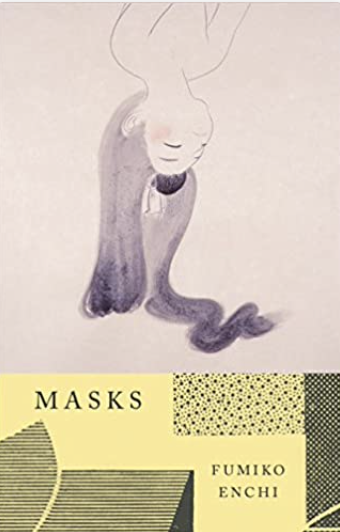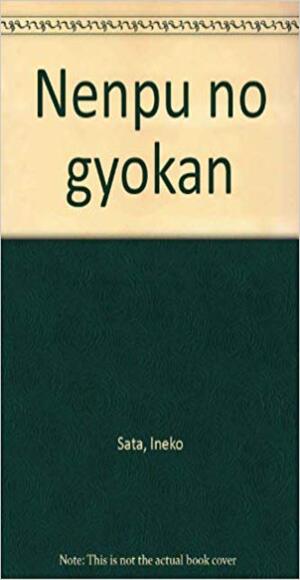ReadMidd
A book club for our course, our college, and our community.
"Reading makes immigrants of us all. It takes us away from home, but more important, it finds homes for us everywhere."
Our Project
ReadMidd is a book club/ book review website that the class of Modern Japanese Fiction (JAPN 215, Fall 2020) and Sex and Death in Classical Japanese Culture (JAPN 221, Fall 2021) worked on together as the final class project. Integrating all major assignments and activities during the semester – from books reviews, to reading questions, supplementary research materials, and critical engagement with secondary sources and with peers – ReadMidd will hopefully become not only a valuable portfolio-building tool, but also a platform that we can later share with the other students in the Japanese Studies Department and, beyond that, with the entire college community.
